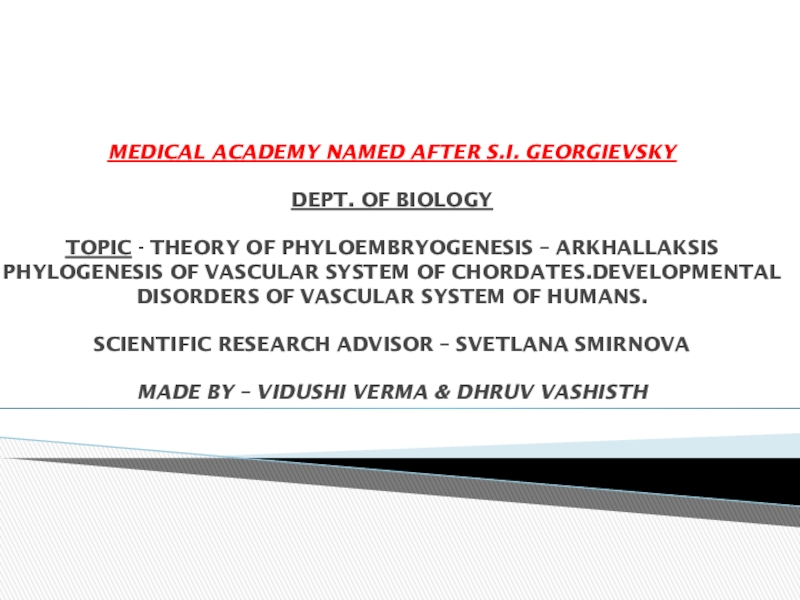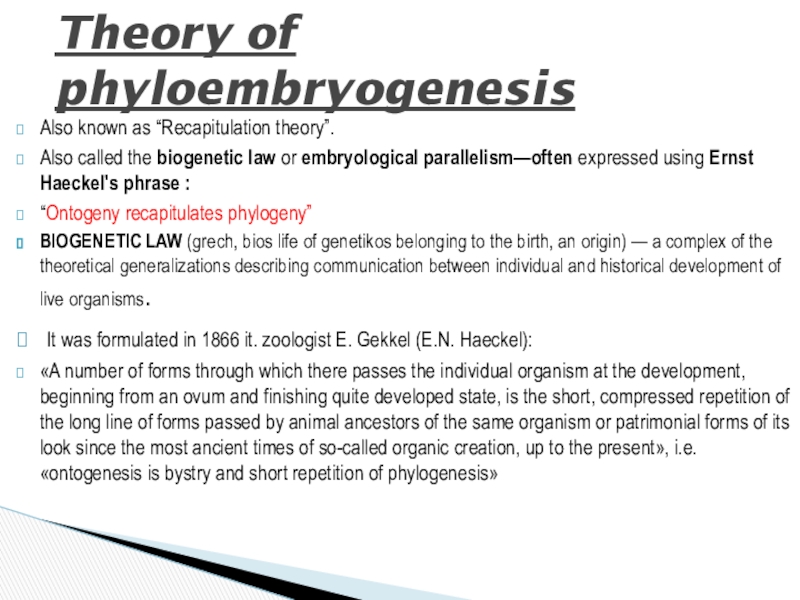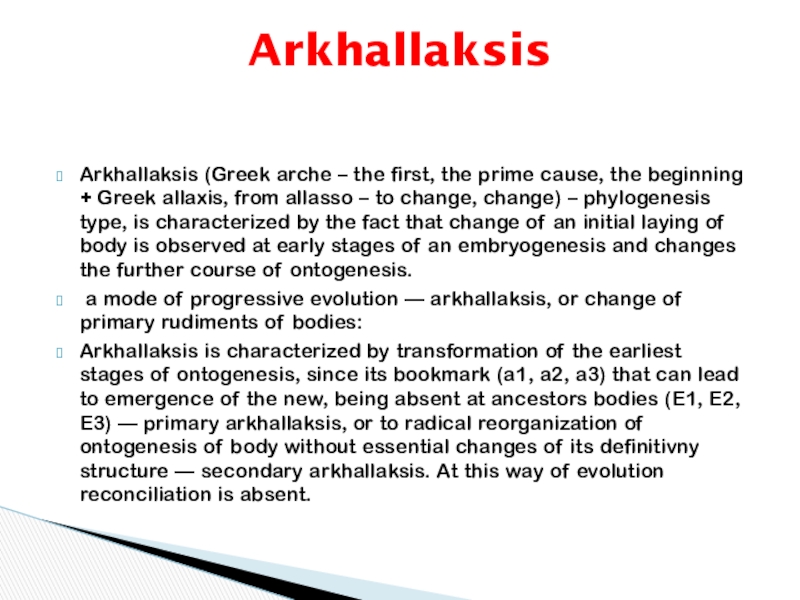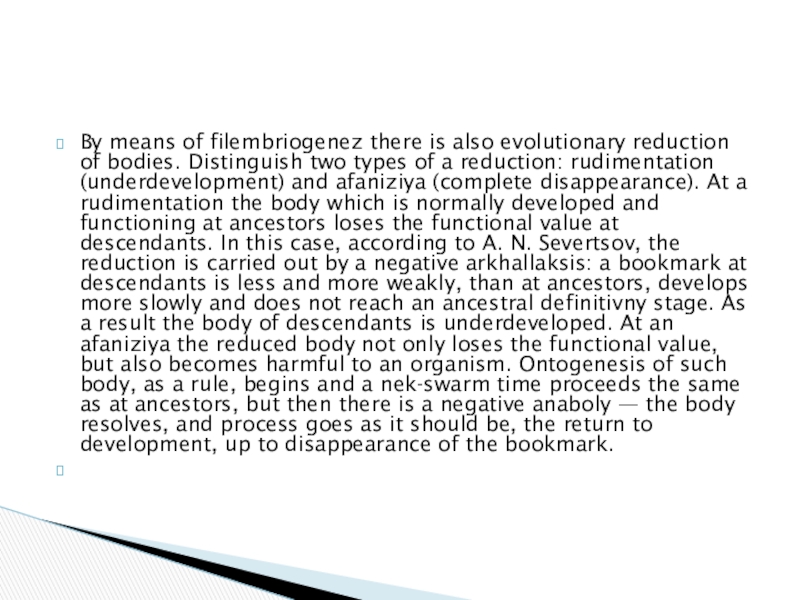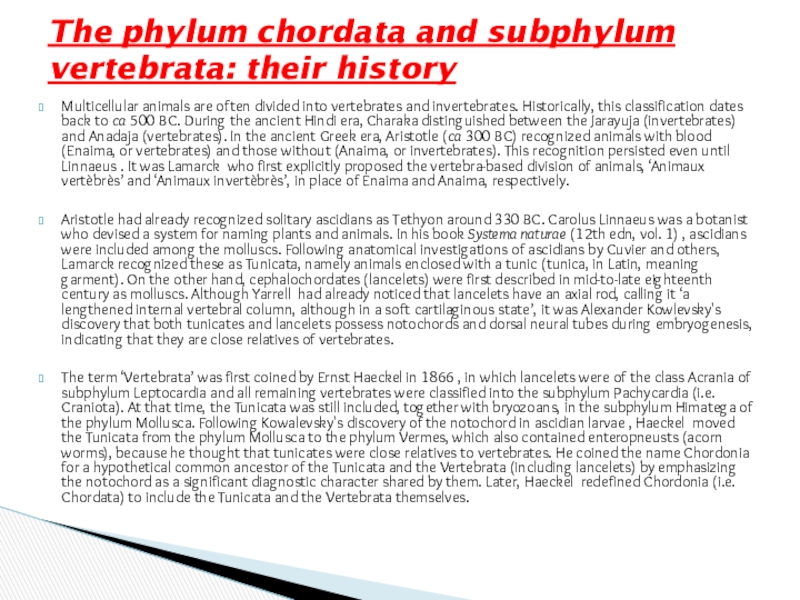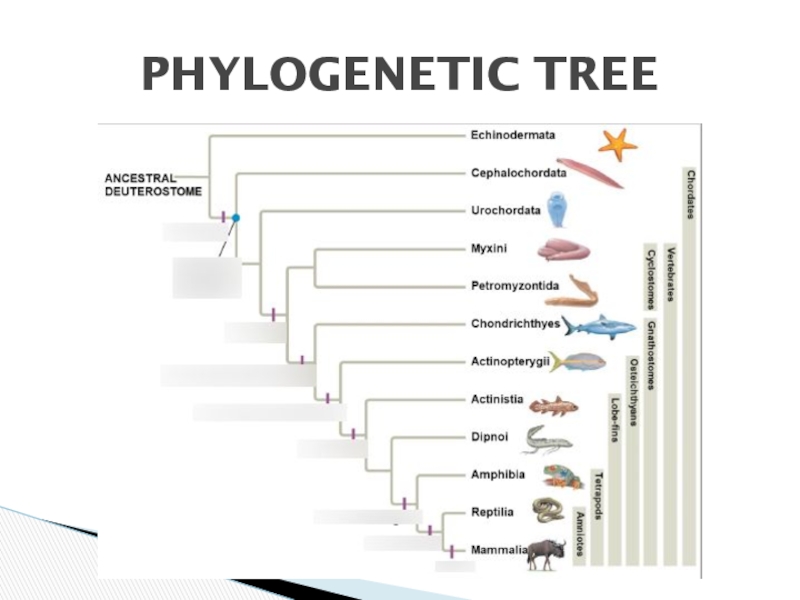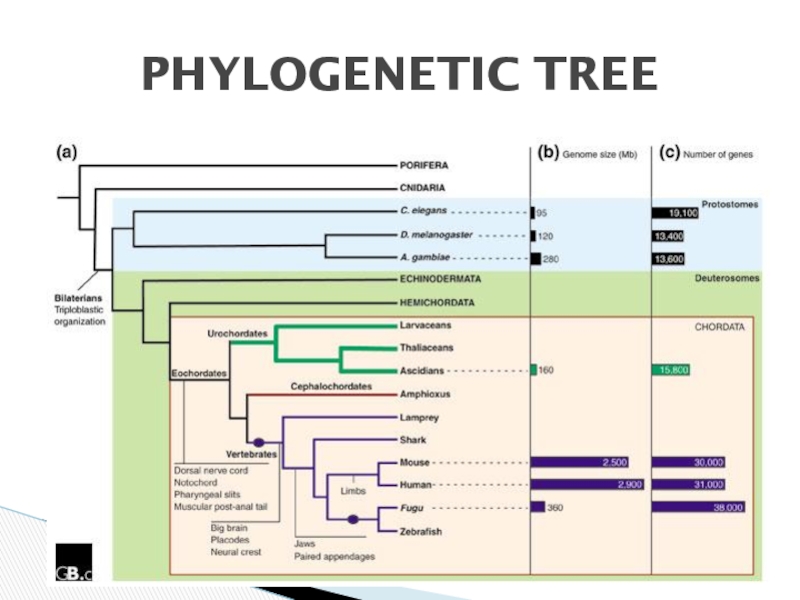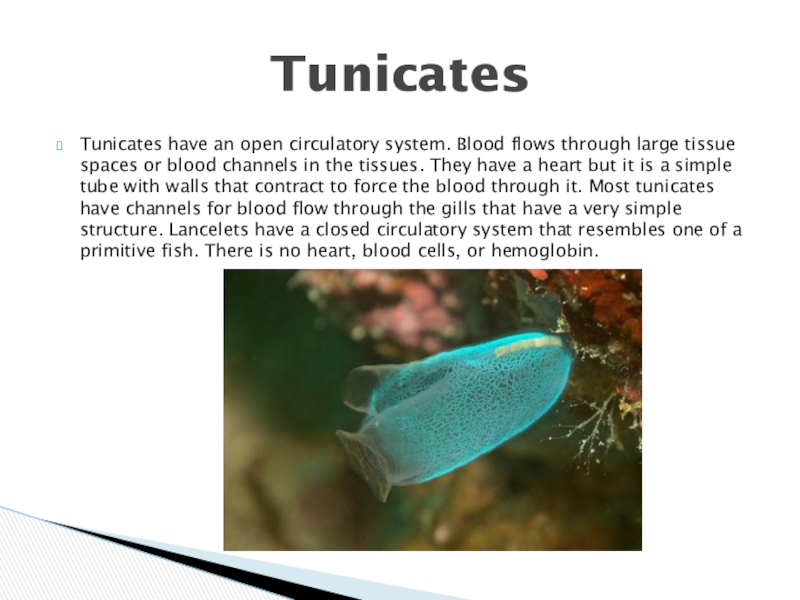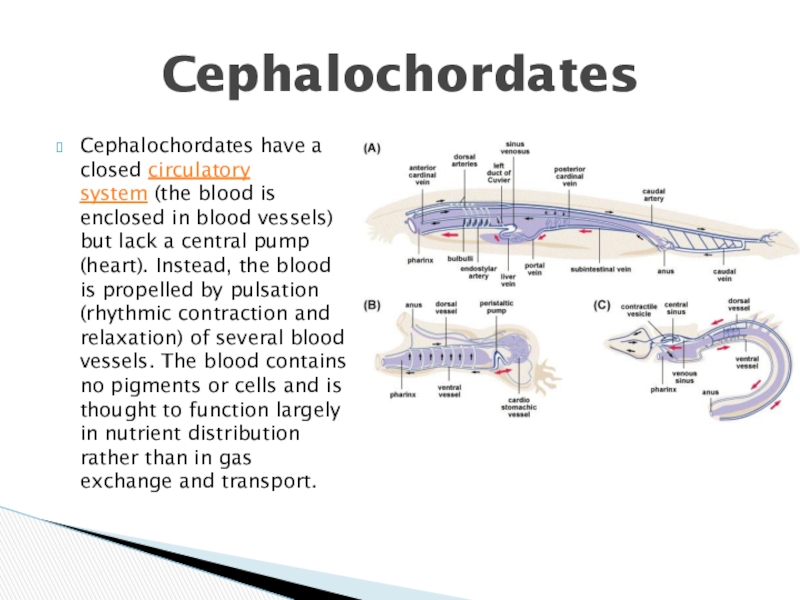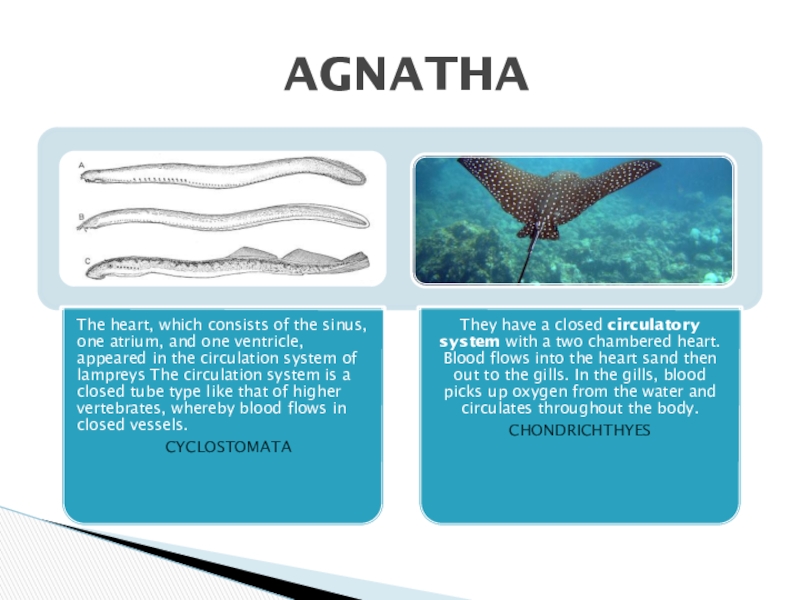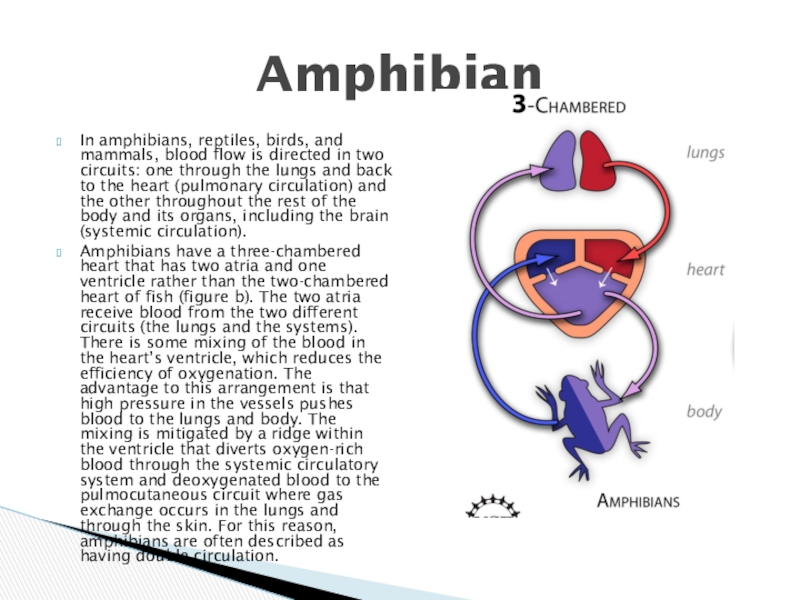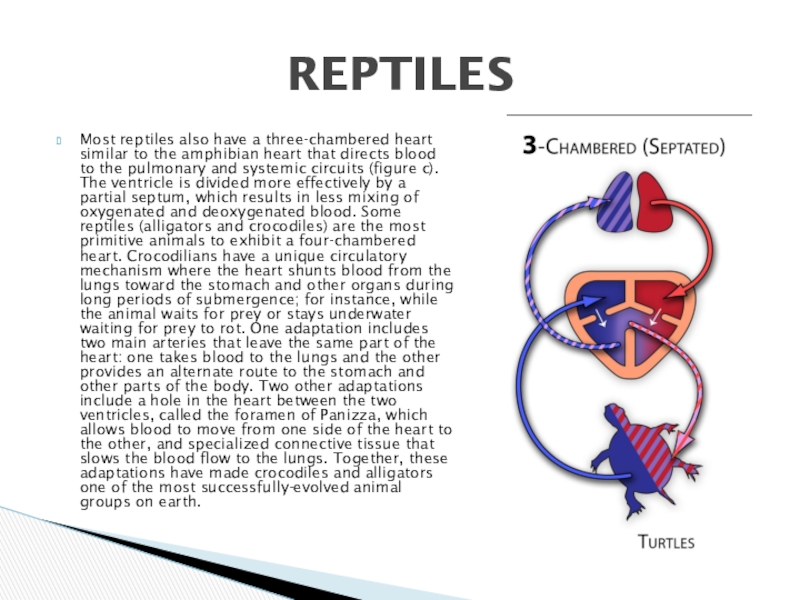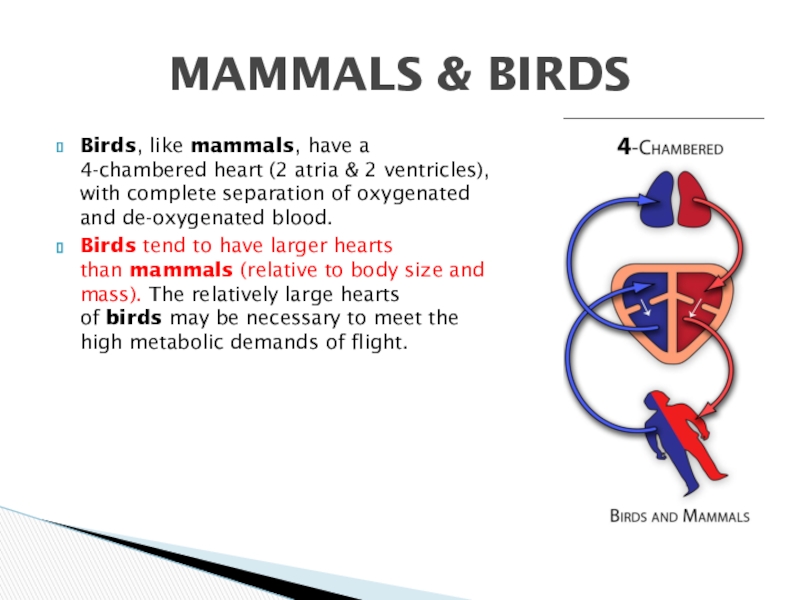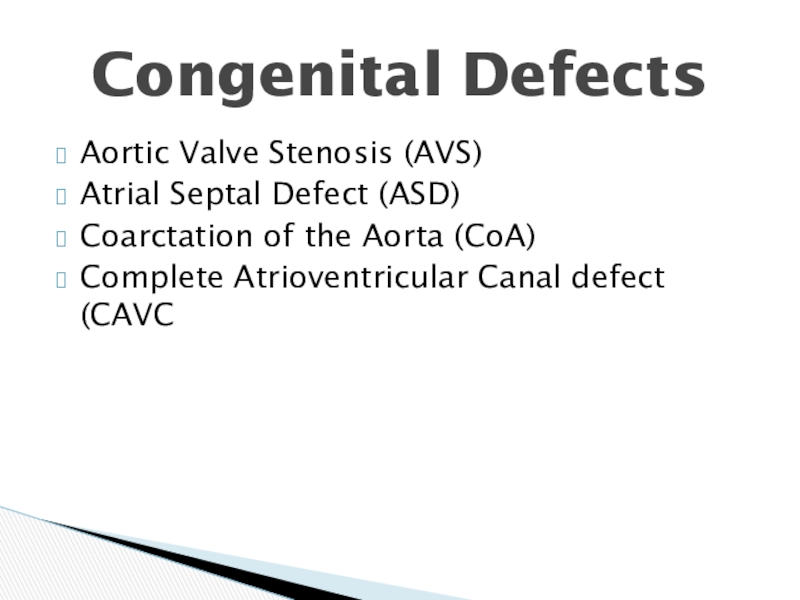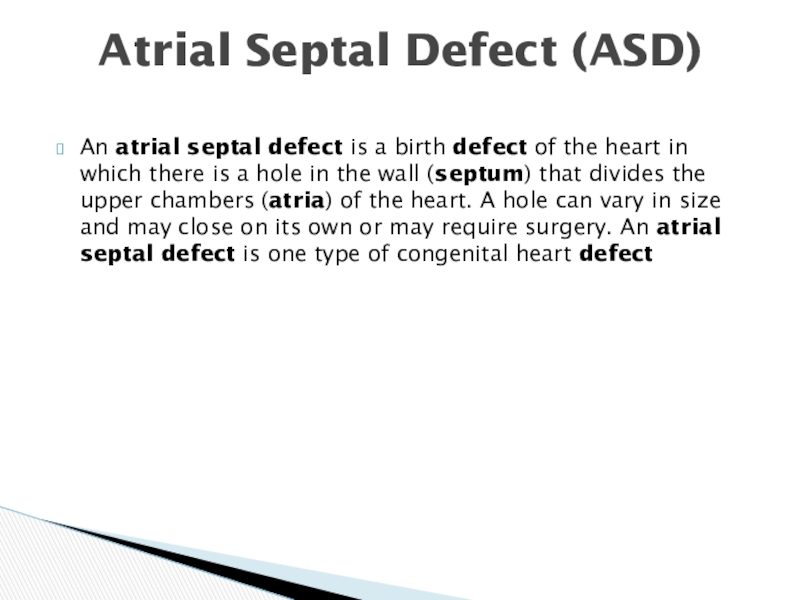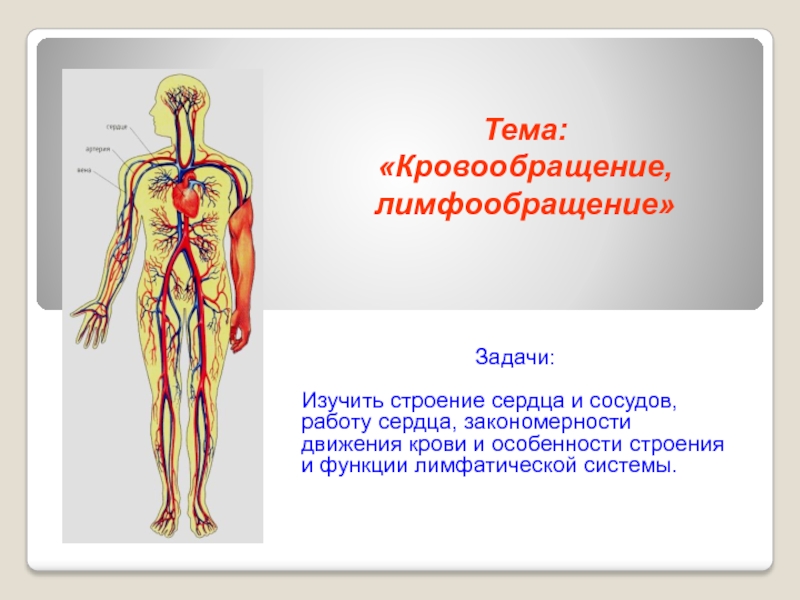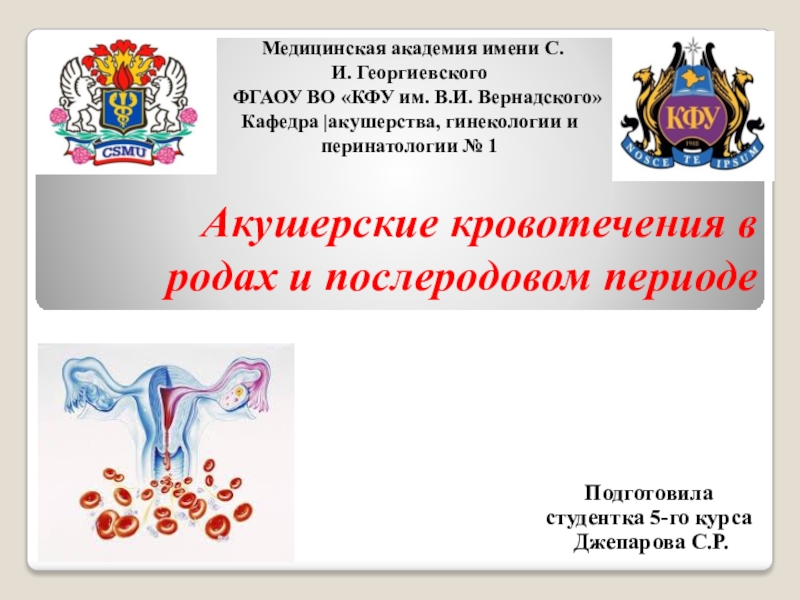this classification dates back to ca 500 BC. During the ancient Hindi
era, Charaka distinguished between the Jarayuja (invertebrates) and Anadaja (vertebrates). In the ancient Greek era, Aristotle (ca 300 BC) recognized animals with blood (Enaima, or vertebrates) and those without (Anaima, or invertebrates). This recognition persisted even until Linnaeus . It was Lamarck who first explicitly proposed the vertebra-based division of animals, ‘Animaux vertèbrès’ and ‘Animaux invertèbrès’, in place of Enaima and Anaima, respectively.
Aristotle had already recognized solitary ascidians as Tethyon around 330 BC. Carolus Linnaeus was a botanist who devised a system for naming plants and animals. In his book Systema naturae (12th edn, vol. 1) , ascidians were included among the molluscs. Following anatomical investigations of ascidians by Cuvier and others, Lamarck recognized these as Tunicata, namely animals enclosed with a tunic (tunica, in Latin, meaning garment). On the other hand, cephalochordates (lancelets) were first described in mid-to-late eighteenth century as molluscs. Although Yarrell had already noticed that lancelets have an axial rod, calling it ‘a lengthened internal vertebral column, although in a soft cartilaginous state’, it was Alexander Kowlevsky's discovery that both tunicates and lancelets possess notochords and dorsal neural tubes during embryogenesis, indicating that they are close relatives of vertebrates.
The term ‘Vertebrata’ was first coined by Ernst Haeckel in 1866 , in which lancelets were of the class Acrania of subphylum Leptocardia and all remaining vertebrates were classified into the subphylum Pachycardia (i.e. Craniota). At that time, the Tunicata was still included, together with bryozoans, in the subphylum Himatega of the phylum Mollusca. Following Kowalevsky's discovery of the notochord in ascidian larvae , Haeckel moved the Tunicata from the phylum Mollusca to the phylum Vermes, which also contained enteropneusts (acorn worms), because he thought that tunicates were close relatives to vertebrates. He coined the name Chordonia for a hypothetical common ancestor of the Tunicata and the Vertebrata (including lancelets) by emphasizing the notochord as a significant diagnostic character shared by them. Later, Haeckel redefined Chordonia (i.e. Chordata) to include the Tunicata and the Vertebrata themselves.
The phylum chordata and subphylum vertebrata: their history
